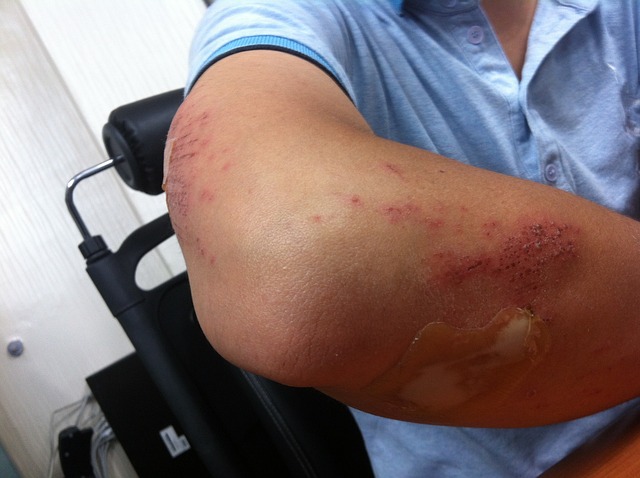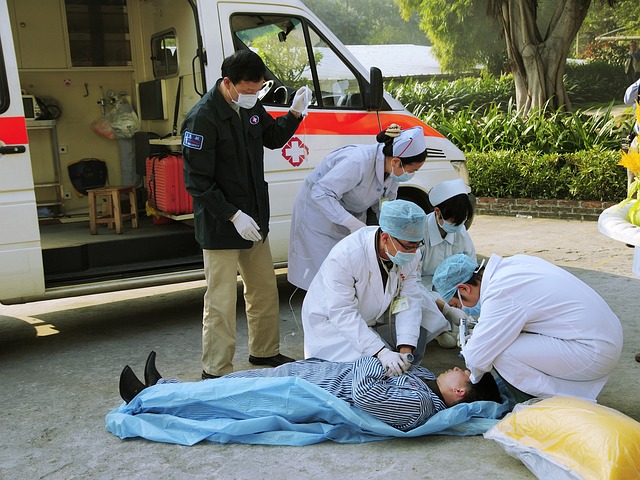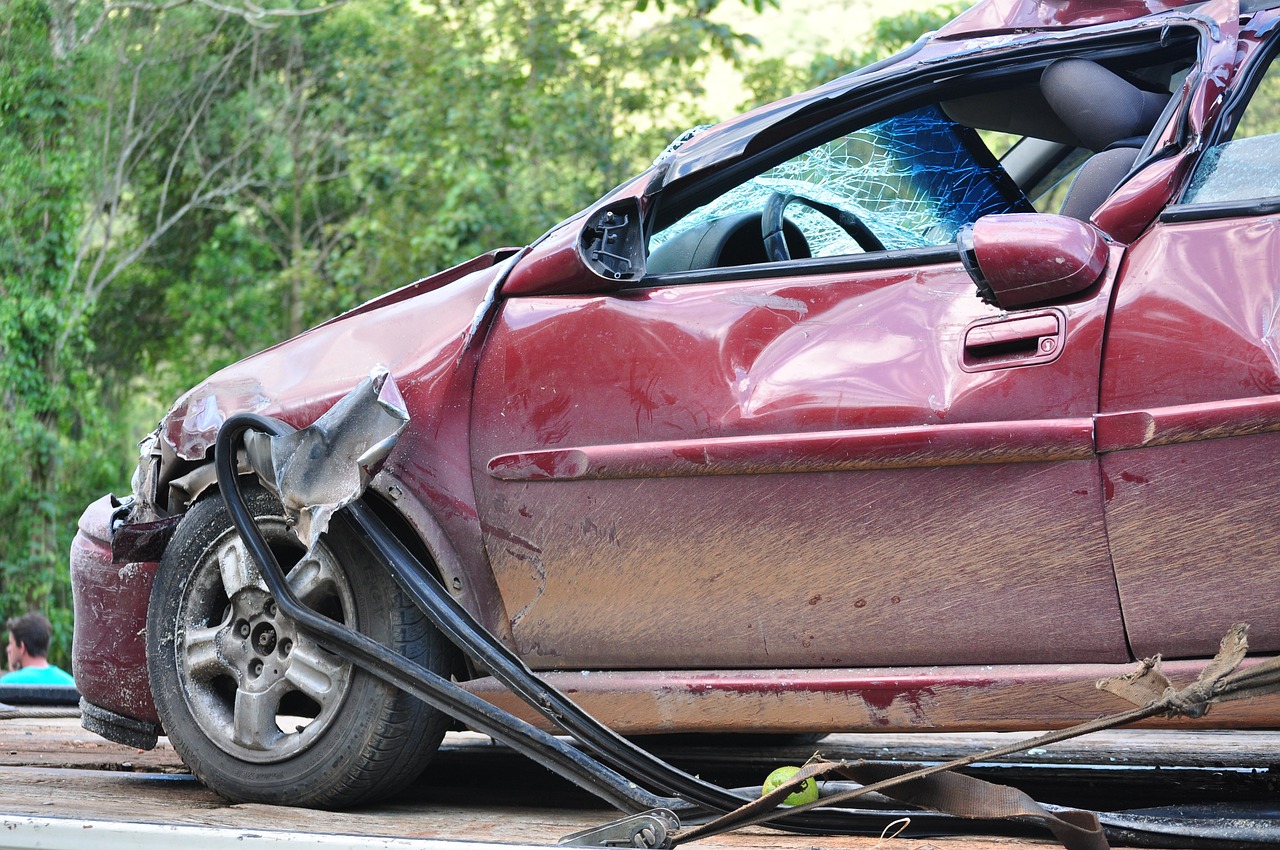Exploring remote areas can be an exhilarating experience, offering opportunities to connect with nature and escape the hustle and bustle of everyday life. However, being far from immediate medical assistance poses unique challenges if you encounter an injury or dislocation. This health-focused article will provide valuable tips to consider if you find yourself injured in a remote area. Preparedness and quick action can make a significant difference in managing the situation and ensuring your safety and well-being.
Prioritize Safety
Your safety is paramount, so ensure the immediate area is secure before attending to your injury or dislocation. Move to a safe location away from hazards like cliffs, unstable terrain, or wild animals. If you’re with a group, clearly communicate your situation and location so they can assist you and seek help if necessary.

Assess the Severity of the Injury
Take a moment to assess the severity of your injury or dislocation. If it’s a minor injury like a sprain or a small cut, you can manage it with basic first aid. However, if the injury is severe or you suspect a fracture or dislocation, avoid trying to relocate the joint or treat it alone. Instead, focus on stabilizing the injured area and seeking professional medical assistance.
Immobilize and Elevate
For fractures or dislocations, immobilize the affected limb to prevent further damage and reduce pain. Use available materials, such as clothing, bandages, or splints, to gently secure the injured area in a stable position. Elevating the injured limb can help reduce swelling and alleviate discomfort.
Apply First Aid
If you have a first aid kit, use it to clean and dress any wounds. Apply pressure to control bleeding and use sterile dressings to cover cuts or abrasions. For sprains or strains, apply the R.I.C.E. method: Rest the affected area, Ice it to reduce swelling, apply Compression using a bandage, and Elevate the injured limb.

Seek Assistance
If you cannot move or if the injury requires professional medical attention, seek help immediately. Use any available means of communication, such as a satellite phone, emergency locator beacon, or whistle, to signal for assistance. If you’re with a group, assign someone to go for help while others stay with you.
Stay Calm and Preserve Energy
In a remote area, staying calm is crucial for making clear decisions and conserving energy. Panic can lead to rushed actions and further injuries. Focus on managing pain, regulating breathing, and maintaining a positive mindset. If you’re with others, engage in conversation to distract from discomfort and anxiety.
Carry a Well-Stocked First Aid Kit
Before embarking on a trip to a remote area, ensure you carry a well-stocked first aid kit tailored to your adventure’s specific activities and potential risks. Include bandages, adhesive tape, antiseptic wipes, pain relievers, splints, and a first aid manual. Please familiarize yourself with the kit’s contents and know how to use them effectively.
Conclusion
Adventuring in remote areas can be an exhilarating experience, but it’s essential to be prepared for unforeseen injuries or dislocations. Prioritize safety, assess the severity of the injury, immobilize and elevate the affected area, apply first aid, and seek assistance promptly. Stay calm and conserve energy while awaiting help. Always carry a well-stocked first aid kit and familiarize yourself with basic techniques. Being prepared and taking prompt action can significantly improve your safety and well-being during outdoor adventures in remote locations.

Leave a Reply